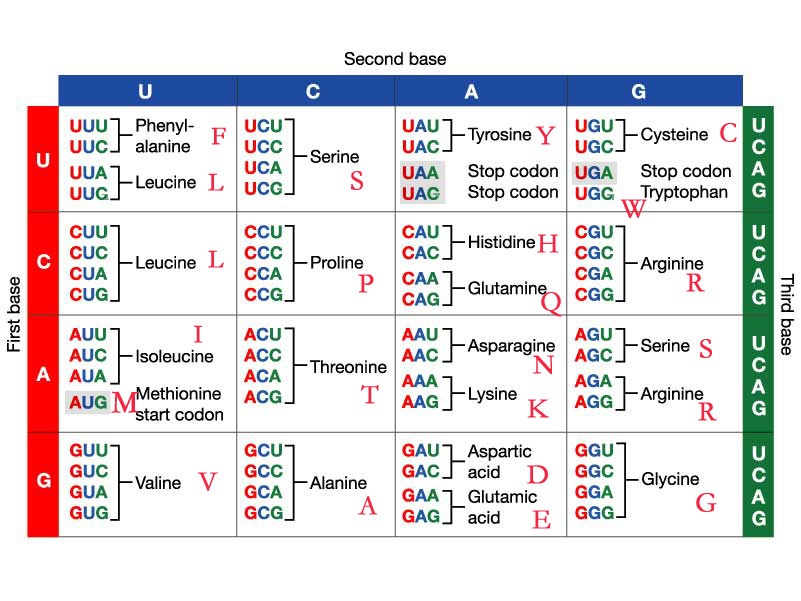Source: Wikipedia
Definition:
Protein: large organic compounds made of amino acids.
History:
The name protein comes from the Greek πρώτα ("prota"), meaning "of primary importance" and were first described and named by Jöns Jakob Berzelius in 1838. However, their central role in living organisms was not fully appreciated until 1926, when James B. Sumner showed that the enzyme urease was a protein. The first protein structures to be solved included insulin and myoglobin; the first was by Sir Frederick Sanger who won a 1958 Nobel Prize for it, and the second by Max Perutz and Sir John Cowdery Kendrew in 1958. Both proteins' three-dimensional structures were amongst the first determined by x-ray diffraction analysis; the myoglobin structure won the Nobel Prize in Chemistry for its discoverers.
Definition:
Protein: large organic compounds made of amino acids.
History:
The name protein comes from the Greek πρώτα ("prota"), meaning "of primary importance" and were first described and named by Jöns Jakob Berzelius in 1838. However, their central role in living organisms was not fully appreciated until 1926, when James B. Sumner showed that the enzyme urease was a protein. The first protein structures to be solved included insulin and myoglobin; the first was by Sir Frederick Sanger who won a 1958 Nobel Prize for it, and the second by Max Perutz and Sir John Cowdery Kendrew in 1958. Both proteins' three-dimensional structures were amongst the first determined by x-ray diffraction analysis; the myoglobin structure won the Nobel Prize in Chemistry for its discoverers.
Biochemistry:
Proteins are large organic compounds made of amino acids via peptide bonds (amino acids share carboxyl atom of on group and the amine of another). The sequence of amino acids defines the protein, and the sequence is arranged by a certain gene in DNA. There are 20 "standard" amino acids coded by human DNA. Different proteins can work together to carry out different functions.
Once linked in the protein chain, an individual amino acid is called a residue and the linked series of carbon, nitrogen, and oxygen atoms are known as the main chain or protein backbone.
There is some ambiguity between the usage of the words protein, polypeptide, and peptide. Protein is generally used to refer to the complete biological molecule in a stable conformation, while peptide is generally reserved for a short amino acid oligomers often lacking a stable 3-dimensional structure. However, the boundary between the two is ill-defined and usually lies near 20-30 residues. Polypeptide can refer to any single linear chain of amino acids, usually regardless of length, but often implies an absence of a single defined conformation.
Synthesis:
Proteins are assembled from amino acids using information encoded in genes.
(Amino acids are molecules that contain both amine and carboxyl-funtional groups (alpha amino acids). There are 20 standard amino acids used by cells in protein biosynthesis and these are specified by the general genetic code.)
(Amino acids are molecules that contain both amine and carboxyl-funtional groups (alpha amino acids). There are 20 standard amino acids used by cells in protein biosynthesis and these are specified by the general genetic code.)
Each protein has its own unique amino acid sequence that is specified by the nucleotide sequence of the gene encoding this protein. The genetic code is a set of three-nucleotide sets called codons and each three-nucleotide combination stands for an amino acid, for example ATG stands for methionine. Because DNA contains four nucleotides, the total number of possible codons is 64; hence, there is some redundancy in the genetic code and some amino acids are specified by more than one codon.

Structure:
Proteins contain 4 levels of structure:
1). Primary: the amino acid sequence
2). Secondary: regularly repeating structures shaped by hydrogen bonds (most common are the alpha helix and the beta sheet)
3). Tertiary: the overall shape of a single protein molecule; the term "tertiary structure" is often used as synonymous with the term fold. Tertiary structured proteins are polypeptide chains consisting of secondary structured protein twisted and folded into a more 3-D structure.
4). Quaternary: contains a number of tertiary structured proteins as sub-units, which function as part of the larger assembly, or protein complex.

No comments:
Post a Comment